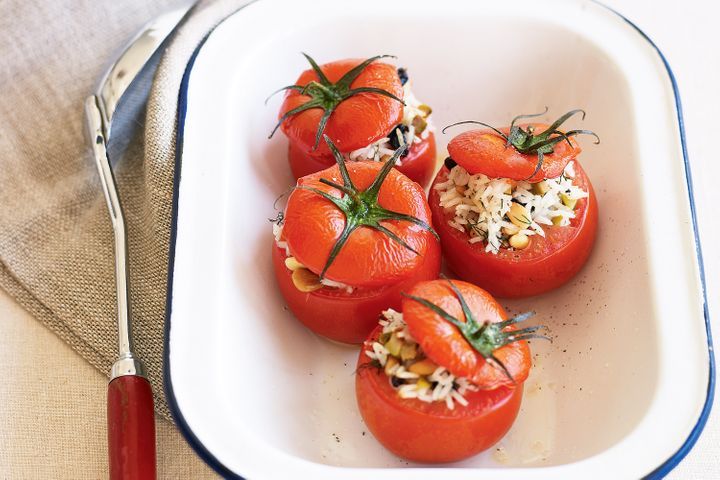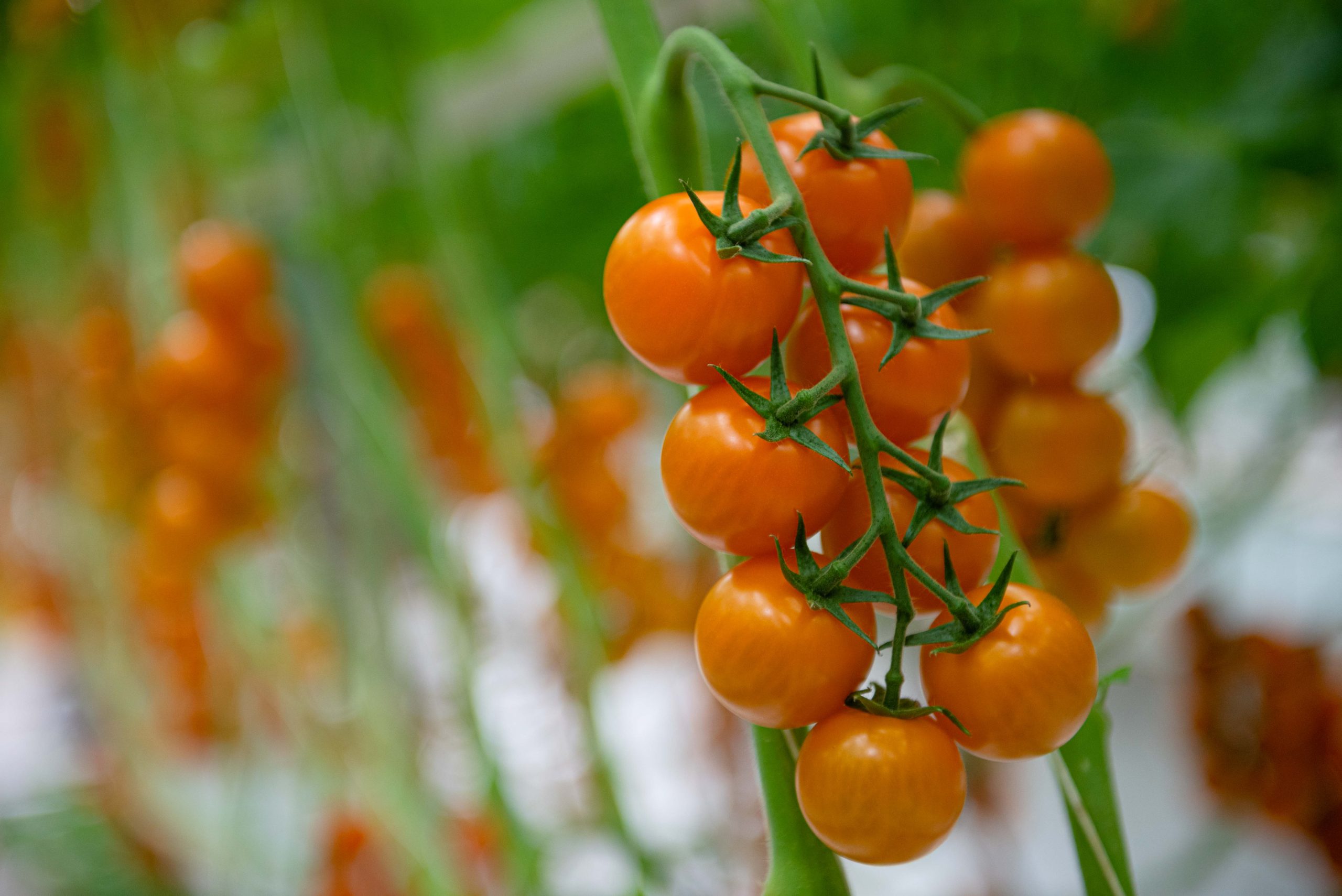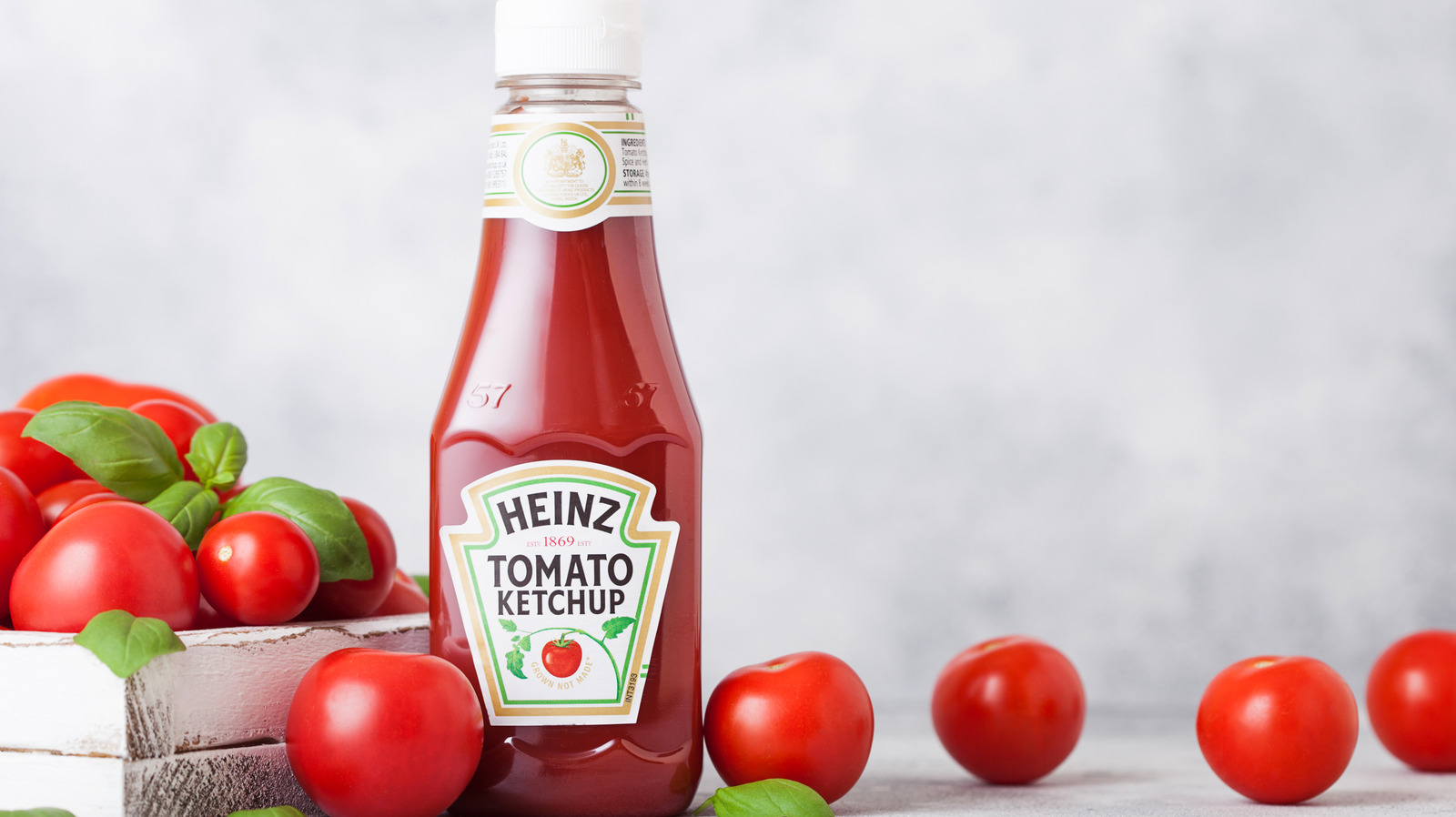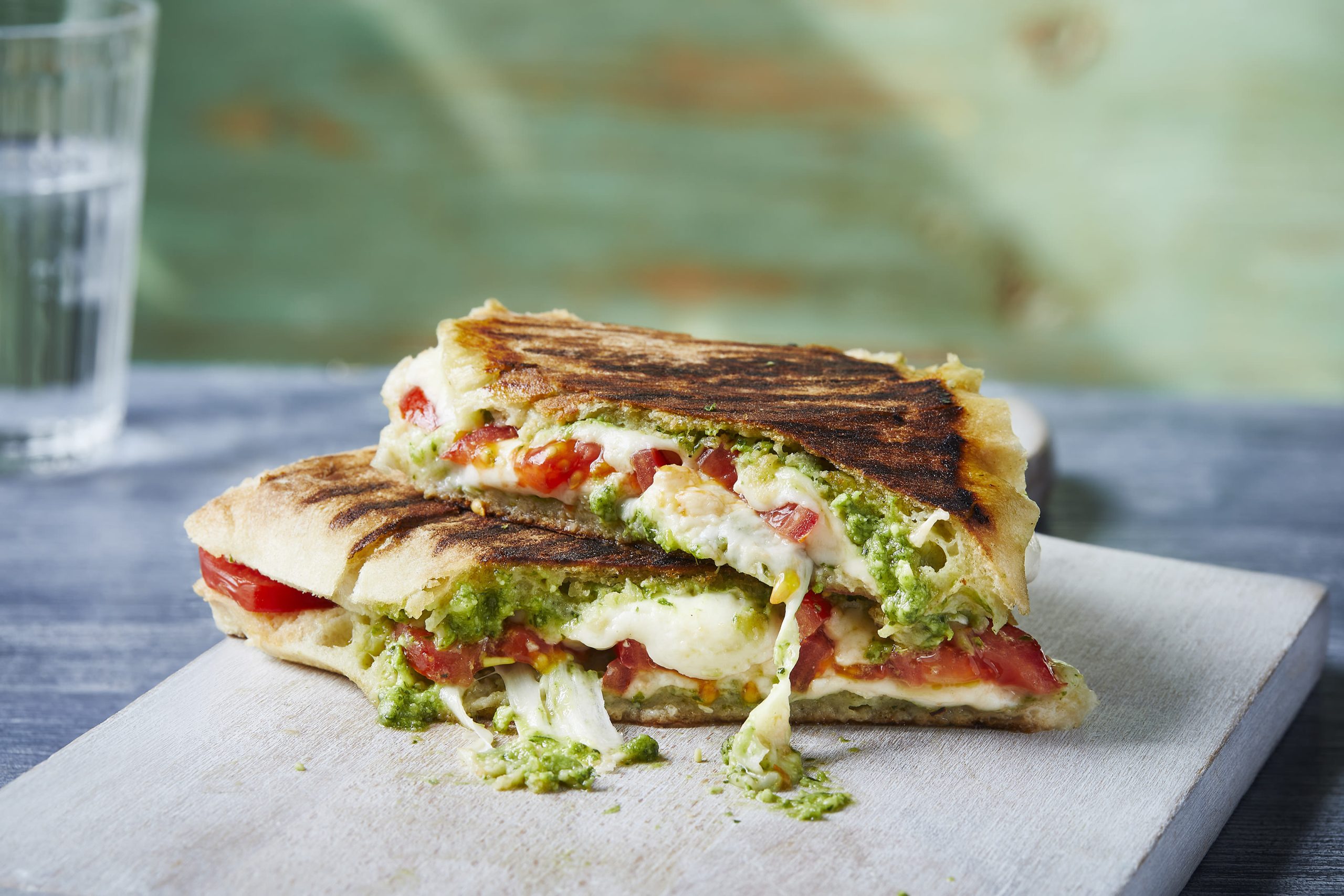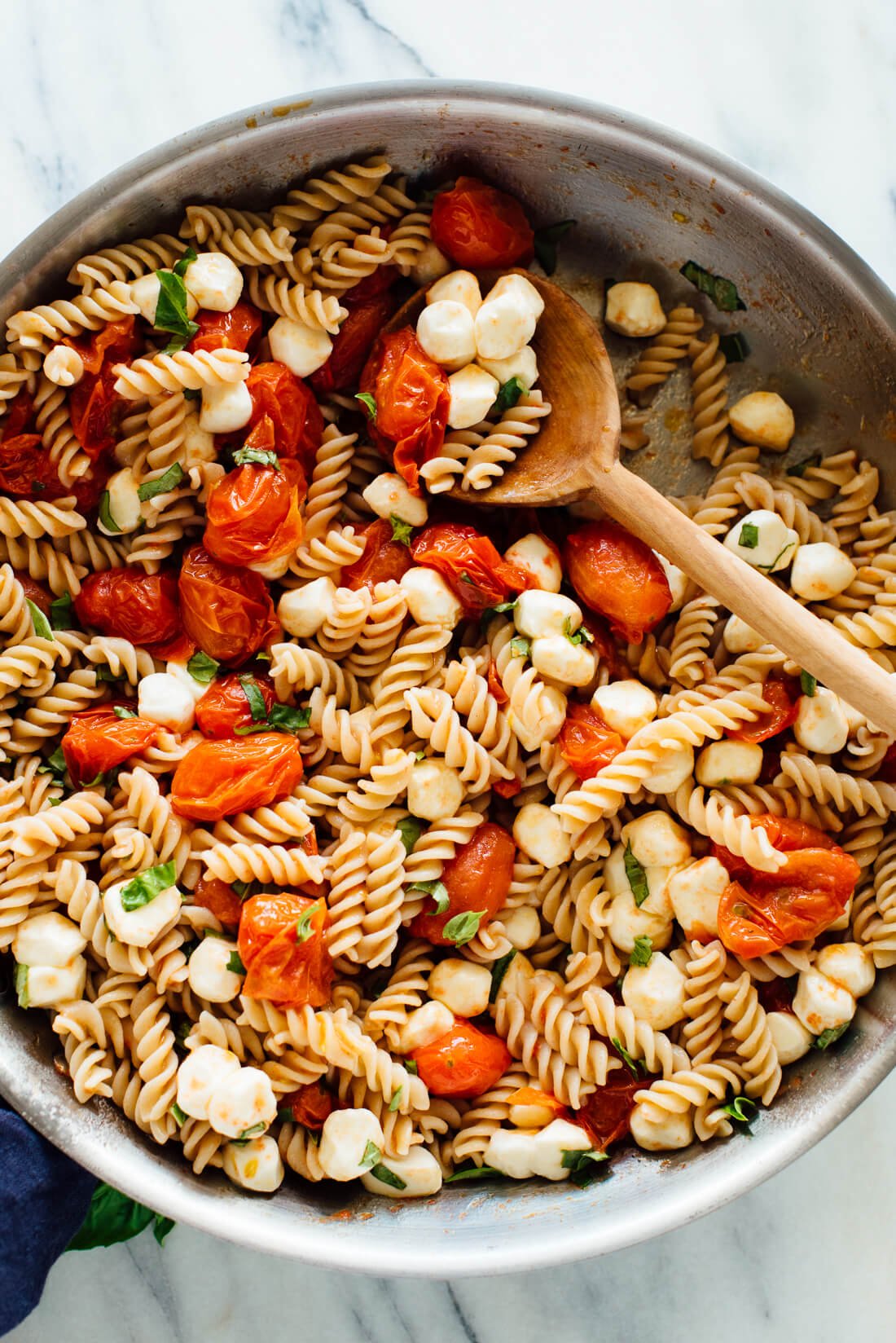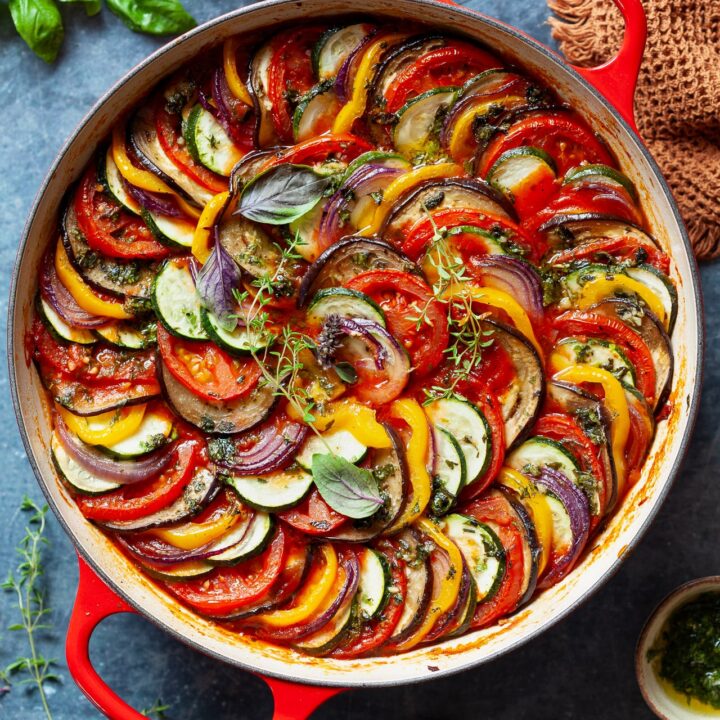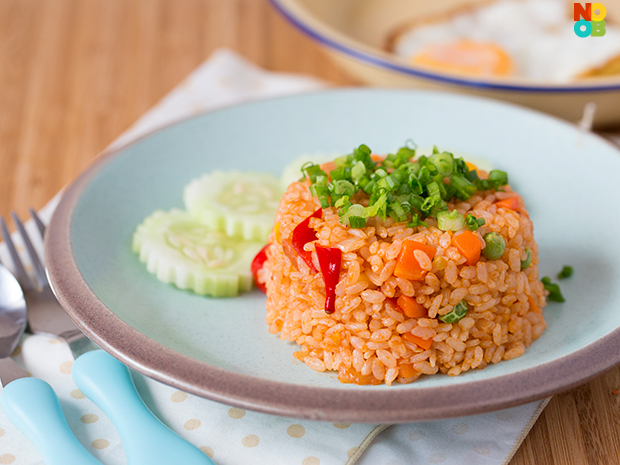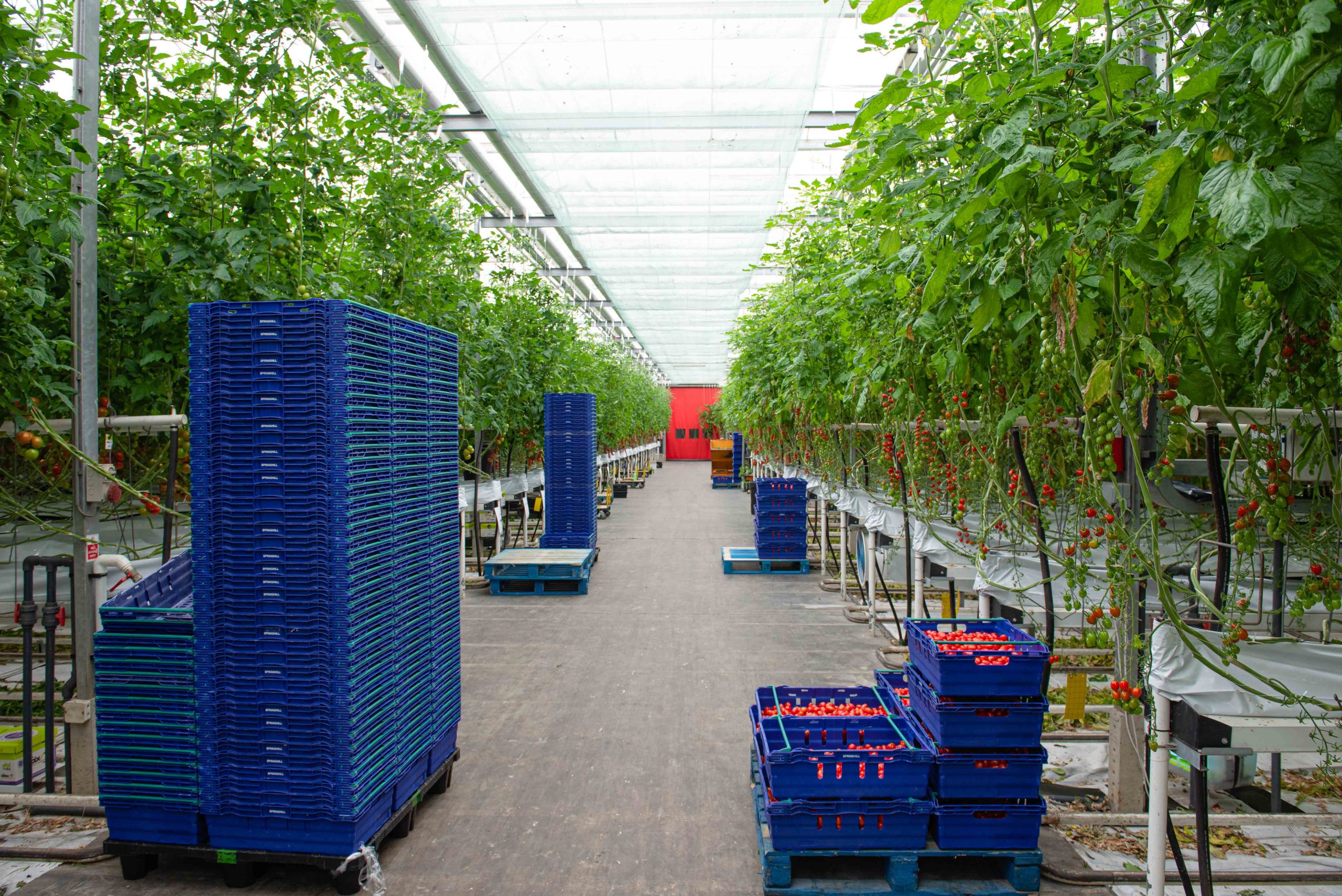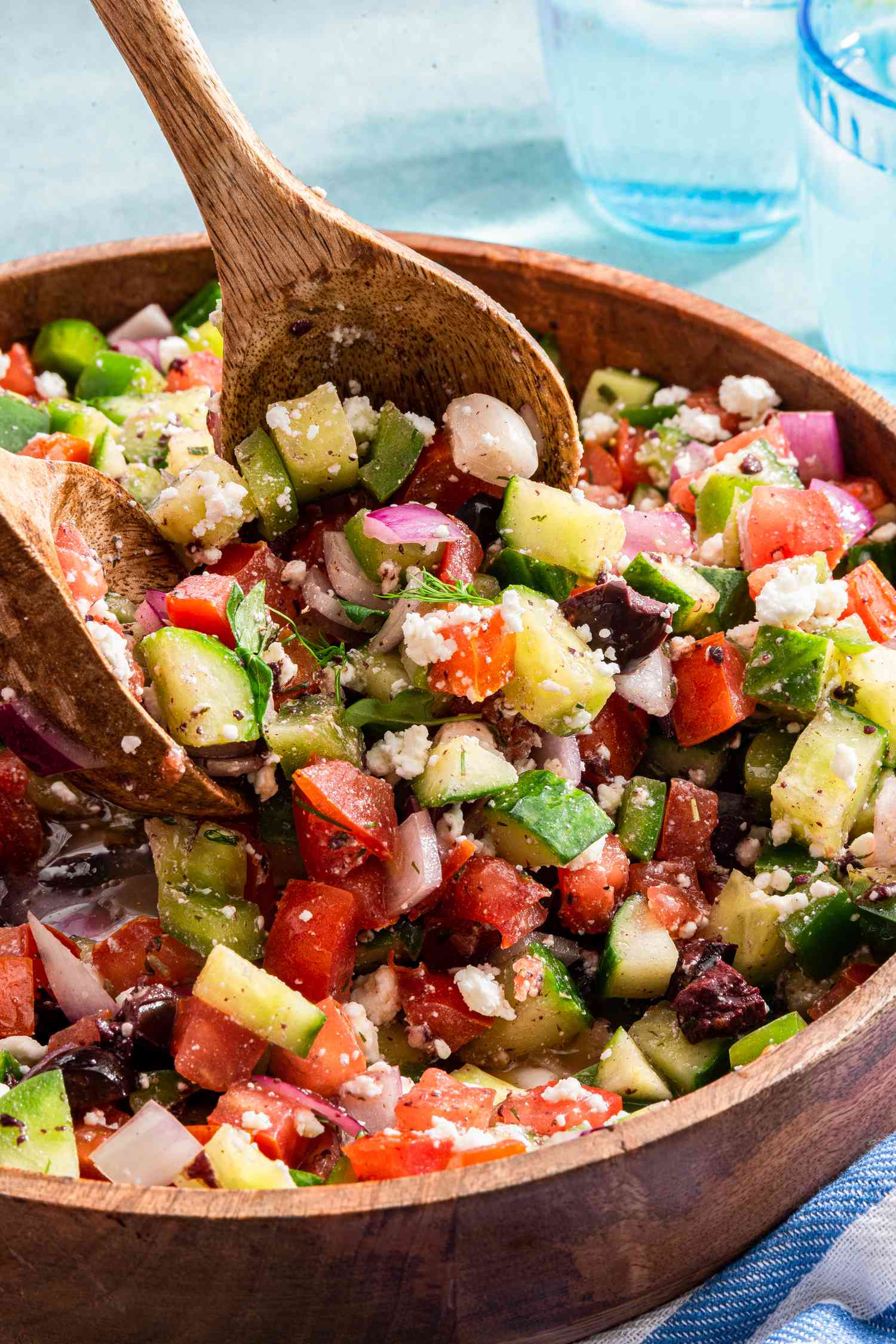Mediterranean Stuffed Tomatoes with Quinoa are a flavourful and nutritious dish that can be served as a main course or a hearty side dish. Enjoy the combination of fresh tomatoes, tangy feta cheese, aromatic herbs, and wholesome quinoa!
Not only is this delicious dish visually appealing but also packed with vibrant flavours. The blend of ingredients creates a delightful Mediterranean-inspired dish that’s both satisfying and nutritious.
Ingredients:
- 4 large tomatoes
- 1 cup cooked quinoa
- 1/2 cup crumbled feta cheese
- 1/4 cup chopped Kalamata olives
- 1/4 cup chopped fresh parsley
- 1/4 cup chopped fresh basil
- 2 cloves garlic, minced
- 2 tablespoons extra-virgin olive oil
- 1 tablespoon lemon juice
- Salt and pepper to taste
Instructions:
Step 1 – Preheat the Oven: Preheat your oven to 190°C
Step 2 – Prepare the Tomatoes: Cut the tops off the tomatoes and set them aside. Carefully scoop out the pulp and seeds from the tomatoes using a spoon, creating a hollow cavity. Reserve the pulp for later use.
Step 3 – Make the Filling: In a mixing bowl, combine the cooked quinoa, crumbled feta cheese, chopped olives, chopped parsley, chopped basil, and minced garlic.
Step 4 – Prepare the Tomato Pulp: Take the reserved tomato pulp and seeds and gently squeeze out excess juice. Chop the pulp and add it to the quinoa mixture.
Step 5 – Season and Mix: Drizzle the extra-virgin olive oil and lemon juice over the quinoa mixture. Season with salt and pepper to taste. Gently mix all the ingredients until well combined.
Step 6 – Stuff the Tomatoes: Using a spoon, stuff each hollow tomato with the quinoa mixture, pressing it down gently to pack it.
Step 7 – Replace the Tomato Tops: Place the tops of the tomatoes back on, creating a lid for the stuffed tomatoes.
Step 8 – Bake: Place the stuffed tomatoes in a baking dish or on a baking sheet. Bake in the preheated oven for about 20-25 minutes, or until the tomatoes are softened and the filling is heated through.
Step 9 – Serve: Carefully transfer the stuffed tomatoes to serving plates. You can remove the tomato tops before serving or leave them on for presentation. Drizzle with a little extra olive oil and sprinkle with additional chopped herbs if desired.

